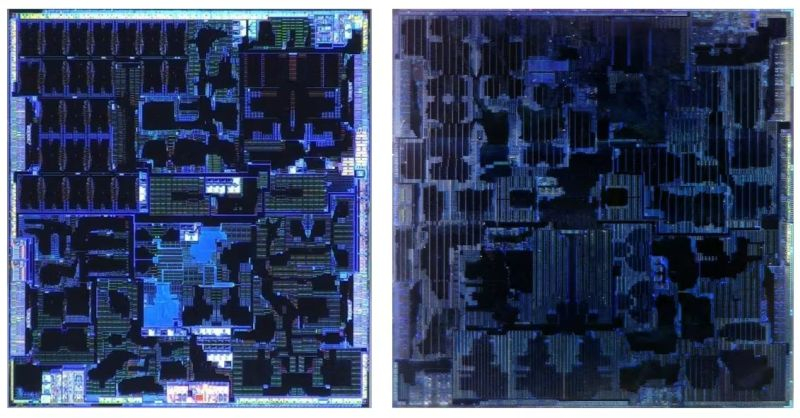American analysts, as noted earlier, estimate the technological gap between Chinese chip manufacturers and world leaders at five years, if we talk directly about the production of semiconductor components. Japanese colleagues do not entirely agree with them, reducing the gap between Chinese SMIC and Taiwanese TSMC to three years.

Image Source: Nikkei Asian Review, TechanaLye
The arguments of representatives of the Japanese company TecnahaLye, which disassembles 100 devices of various brands a year for thorough analysis, are based on a comparison of the area of processor chips and their performance level. They claim that the 5-nm HiSilicon 9000 processor released for Huawei in 2021 has an area of 107.8 mm2, and the 7-nm HiSilicon 9010 processor, produced by the Chinese SMIC, offered starting this year, with a comparable level of performance, has a chip area of 118.4 mm2.
Having conditionally accepted both processors as equal in speed and area, representatives of TechanaLye calculate the time lag of the Chinese contractor Huawei – it is conditionally three years. However, experts remind that on the SMIC assembly line the level of output of suitable chips using 7nm technology is far from optimal, and this affects the economics of production, but purely technically SMIC is quite close to the capabilities of TSMC.
If we consider the composition of the Huawei Pura 70 Pro smartphone as a whole, then 37 main semiconductor components are used in its production. Of these, 14 are supplied by the Chinese company HiSilicon, another 18 by other Chinese manufacturers, and only five remain imported. These include Korean-made SK hynix memory chips and Bosch brand motion sensors. At the same time, 86% of the chips included in the smartphone were produced in China, even if they carry a foreign brand.